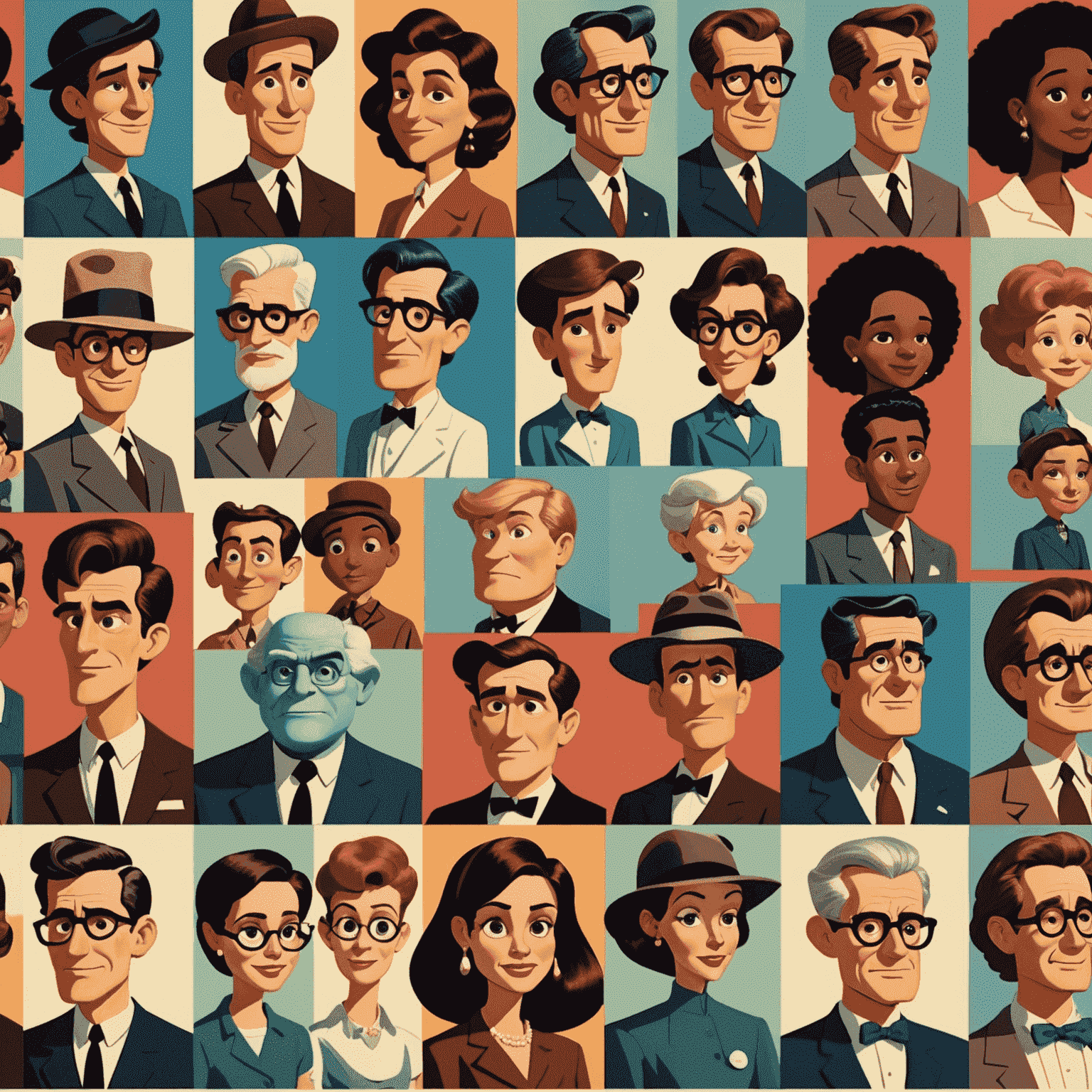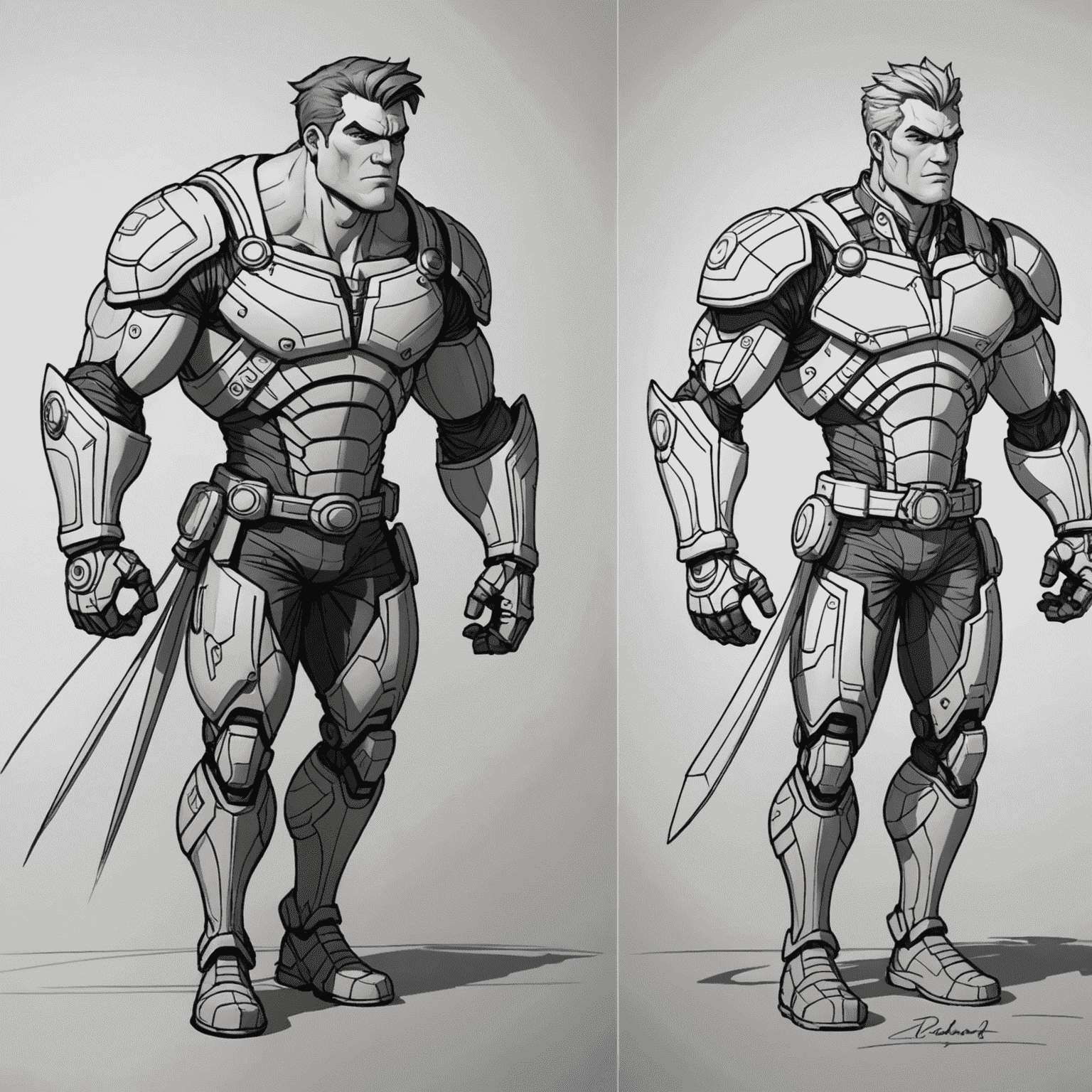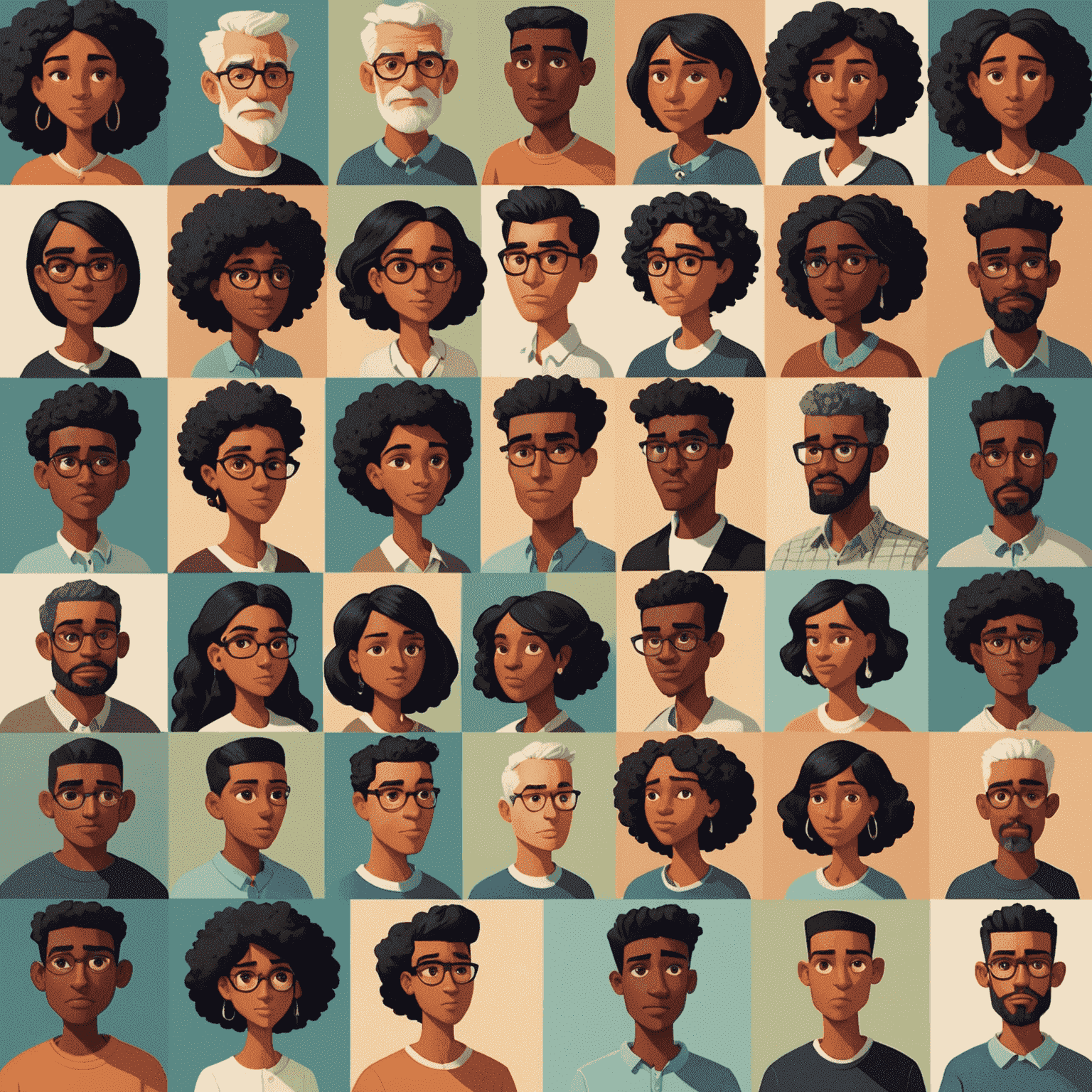2D Animation Techniques: A USA Perspective

The United States has been at the forefront of 2D animation for decades, pioneering techniques that have shaped the industry worldwide. From the early days of hand-drawn cel animation to the digital revolution, American animators have continually pushed the boundaries of what's possible in the realm of 2D animation.
The Golden Age of Animation
The 1930s to 1960s marked the Golden Age of American animation, characterized by:
- Full animation technique, with fluid movement and detailed character designs
- The development of the multiplane camera for creating depth in 2D scenes
- Pioneering use of color and sound in animated features

The Television Era
As animation moved to television, new techniques emerged:
- Limited animation to reduce costs and increase production speed
- Stylized character designs that were easier to animate consistently
- Use of repeating backgrounds and cycles to streamline production
The Digital Revolution
The advent of digital tools transformed 2D animation in the USA:
- Vector-based animation for crisp, scalable graphics
- Digital coloring and compositing for more complex visual effects
- The rise of flash animation and web-based animated content

Contemporary Techniques
Today's American 2D animators are blending traditional and modern approaches:
- Hybrid 2D/3D animation, combining the best of both worlds
- Use of motion capture data to inform 2D character movement
- Advanced rigging systems for more efficient character animation
- Integration of procedural animation for complex effects
The Rise of Independent Animation
The democratization of animation tools has led to a boom in independent animation in the USA:
- Experimental techniques mixing various media and styles
- Use of open-source animation software like Blender for 2D projects
- Mobile animation apps like Flipaclip enabling animation on-the-go
- Crowdfunding and social media platforms supporting indie animators

Conclusion
The landscape of 2D animation in the USA continues to evolve, with artists and studios constantly innovating and pushing the boundaries of the medium. From the classic techniques that defined the Golden Age to the cutting-edge digital tools of today, American 2D animation remains a vibrant and influential force in the global animation industry.